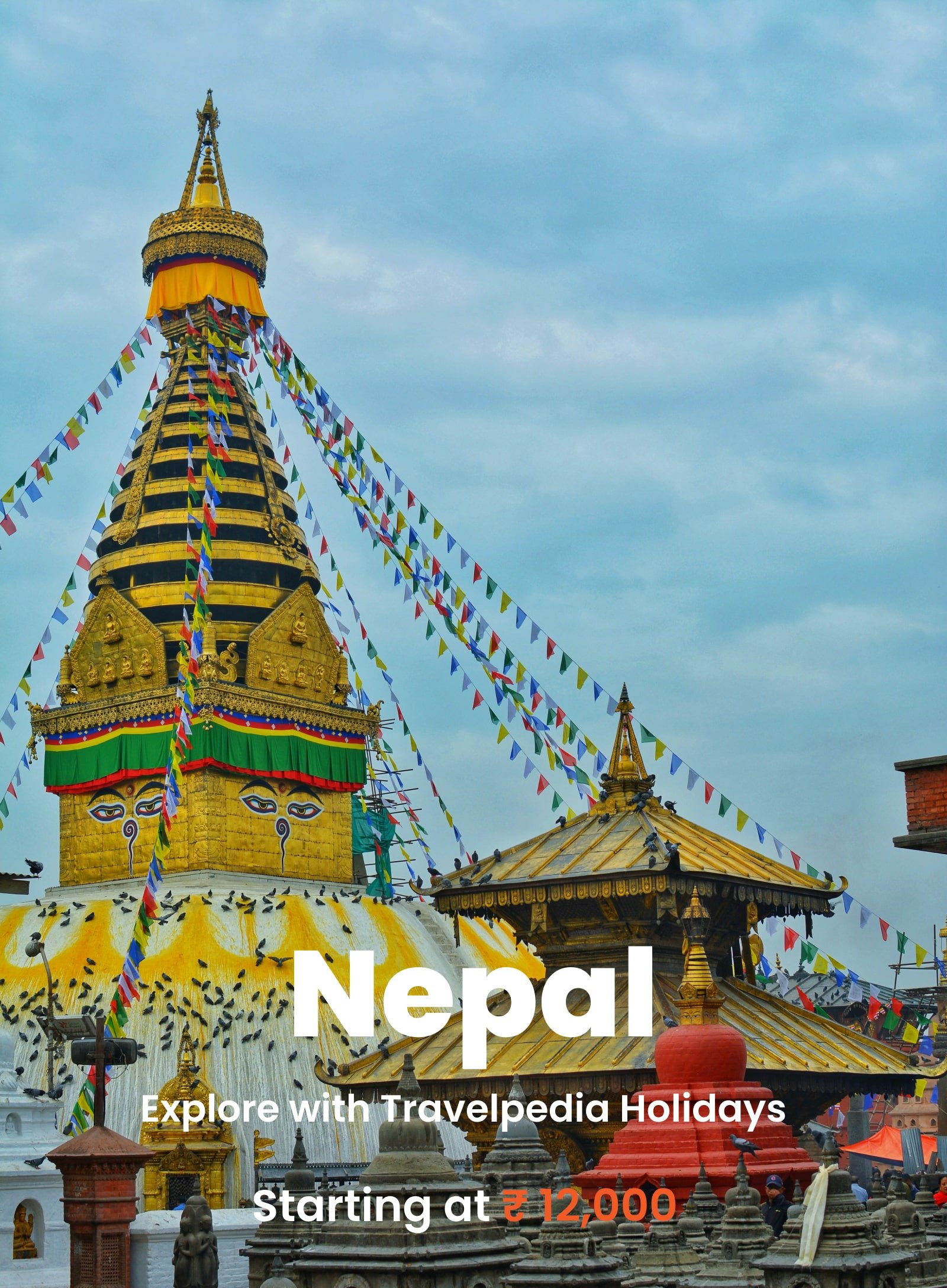Overview
Summer is the perfect opportunity to step away from the everyday and dive into unforgettable adventures. Whether you’re unwinding on pristine beaches with golden sand, discovering the energy of vibrant cities, or immersing yourself in the tranquility of mountain trails, summer travel offers endless possibilities. For families, there are destinations brimming with fun activities and attractions for all ages. Couples can enjoy romantic getaways, with intimate dinners, serene beaches, and stunning views, while solo travelers can find solace in peaceful retreats or embark on solo adventures. Whether you’re seeking relaxation, adventure, or cultural exploration, summer is the season to make memories that last a lifetime.
Get a Quote
What to Expect
- Diverse landscapes, from the Himalayas to tropical beaches.
- Vibrant cultures with rich traditions and festivals.
- Historic landmarks and ancient temples.
- Bustling cities and peaceful spiritual sites.
- Flavorful cuisines, including curries, rice dishes, and seafood.
- Warm hospitality and a welcoming atmosphere.
- Adventure opportunities like trekking, safaris, and diving.
- Deep cultural experiences and connections with locals.
Itinerary
- Day 1: Arrive in Delhi, explore iconic sites such as the Red Fort, India Gate, and Humayun’s Tomb. Experience the vibrant markets of Chandni Chowk.
- Day 2: Visit Qutub Minar, Lotus Temple, and the Akshardham Temple. Enjoy traditional Indian food and shopping in Delhi’s bustling markets.
- Day 3: Take a day trip to Agra to see the Taj Mahal and Agra Fort. Return to Delhi for an overnight stay.
- Day 4: Fly to Kathmandu, Nepal. Explore the UNESCO-listed Kathmandu Durbar Square, Swayambhunath (Monkey Temple), and Pashupatinath Temple.
- Day 5: Visit Patan and Bhaktapur, two ancient cities with rich culture and historical sites.
- Day 6: Travel to Pokhara, known for its stunning views of the Annapurna range and serene lakes. Relax by Phewa Lake or take a short trek to Sarangkot for a sunrise view.
- Day 7: Fly to Colombo, Sri Lanka. Explore the colonial architecture, beaches, and markets. Visit the Gangaramaya Temple.
- Day 8: Travel to Kandy, visit the Temple of the Tooth, and enjoy a cultural dance performance.
- Day 9: Visit the Royal Botanical Gardens and relax in the scenic surroundings before flying to the next destination.
- Day 10: Arrive in the Maldives. Explore Male’s local market and the Grand Mosque.
- Day 11-12: Transfer to a luxury resort island. Enjoy beach relaxation, water sports, and scuba diving in the Maldives’ crystal-clear waters.
- Day 13: Fly to Paro, Bhutan. Visit the iconic Tiger’s Nest Monastery (Taktsang), perched on the edge of a cliff.
- Day 14: Travel to Thimphu, Bhutan’s capital. Explore the Buddha Dordenma statue, Tashichho Dzong, and experience Bhutanese culture.
- Day 15: Fly to Dhaka, Bangladesh. Visit the Lalbagh Fort, Ahsan Manzil, and the bustling Sadarghat River port.
- Day 16: Explore the National Museum and local markets before departing.
Important Instructions
Here are some important instructions to keep in mind when traveling to the Indian subcontinent:
Visa Requirements: Ensure you check the visa requirements for each country you plan to visit and apply in advance. Many countries, such as India, Nepal, and Sri Lanka, require tourists to obtain a visa prior to arrival.
Health Precautions: It’s important to get vaccinations and carry any necessary medications. Common vaccines include those for typhoid, hepatitis A/B, and malaria prevention (especially in rural areas). Always drink bottled or filtered water to avoid waterborne illnesses.
Currency: Carry both local currency and a credit/debit card. Many countries in the subcontinent have their own currencies, such as the Indian Rupee (INR), Nepalese Rupee (NPR), Sri Lankan Rupee (LKR), and others. Currency exchange facilities are widely available at airports and banks.
Weather: The region experiences diverse climates, so check the weather forecast for each country before traveling. The best time to visit is generally during the cooler months (October to March), avoiding the monsoon season (June to September).
Cultural Sensitivity: Respect local customs and traditions, especially regarding dress codes. In places of worship, modest clothing is often required (covering arms, legs, and heads in certain temples or mosques).
Safety: While the Indian subcontinent is generally safe for tourists, it’s always advisable to exercise caution, especially in crowded areas or unfamiliar neighborhoods. Keep an eye on your belongings and be cautious of scams.
Language: English is widely spoken in many urban areas, especially in India and Sri Lanka, but learning a few basic phrases in the local language (Hindi, Nepali, Sinhala, etc.) can help. Locals appreciate the effort.
Transportation: In cities, you can use taxis, auto-rickshaws, or ride-sharing apps (e.g., Uber, Ola). Be prepared for crowded public transport, especially in major cities. In remote areas, trains, buses, and domestic flights are common for intercity travel.
Etiquette: Always greet with a smile, and it’s polite to use the right hand for giving or receiving items. In some countries like India and Nepal, the head is considered sacred, so avoid touching someone’s head.
Local SIM Cards: For ease of communication and internet access, it’s recommended to buy a local SIM card upon arrival in each country. Make sure your phone is unlocked to use local networks.
Emergency Numbers: Keep a list of emergency contact numbers for each country, including the local embassy and hospital contacts. These can be lifesavers in an emergency situation.







